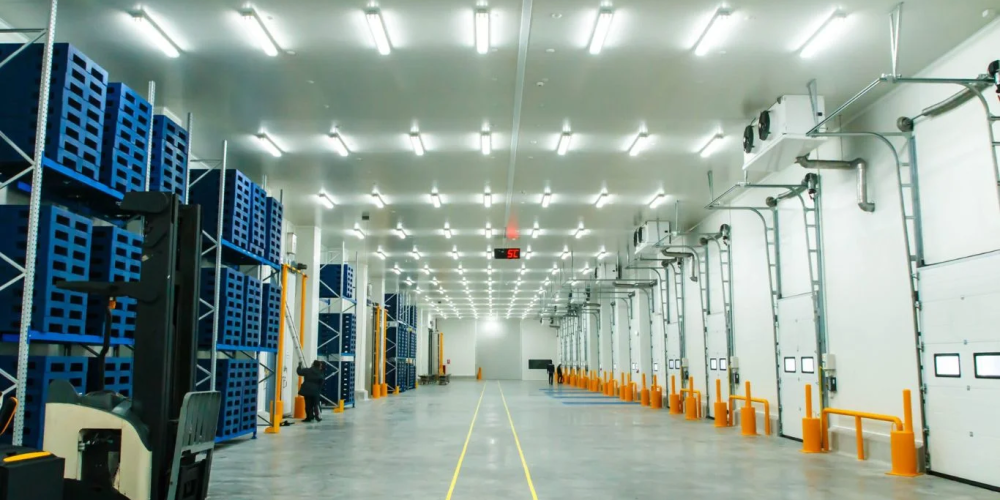

1. Temperature Requirements:
Cold storage facilities typically maintain temperatures ranging from below freezing (sub-zero) to slightly above refrigeration levels (0°C to 10°C). The specific temperature range depends on the type of products being stored and their respective preservation needs.
2. Humidity Control:
In addition to temperature regulation, controlling humidity levels is crucial for preserving product quality. Humidity levels must be carefully monitored and adjusted to prevent moisture buildup, which can lead to mold growth, freezer burn, and product spoilage.
Essential Components of Cold Storage Facilities
1. Insulation:
Effective insulation is paramount to maintaining stable temperatures within cold storage environments. High-quality insulation materials, such as polyurethane foam or expanded polystyrene, are used to minimize heat transfer and ensure energy efficiency.
2. Refrigeration Systems:
Robust refrigeration systems are the backbone of cold storage facilities. These systems utilize compressors, evaporators, condensers, and refrigerants to remove heat from the storage space and maintain desired temperature levels.
3. Air Circulation:
Proper air circulation is essential for uniform temperature distribution and humidity control. Fans and air circulation systems help prevent temperature stratification and ensure consistent conditions throughout the storage area.
4. Temperature Monitoring and Control:
Continuous temperature monitoring is critical for detecting fluctuations and maintaining compliance with regulatory standards. Automated monitoring systems equipped with temperature sensors and alarms provide real-time data and alerts to prevent temperature excursions.
Copyright @ MaaGangaMetalWares.com All rights reserved
Designed & Developed by Easy Solutions 360.